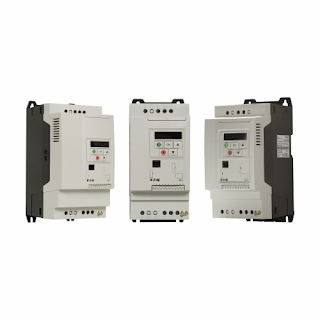Dimmer Switches: A Guide to the Different Types and Their Applications
The Use of Dimmer Switches
Principally dimmer switches are used to vary the brilliance of light bulbs. They're used substantially for incandescent bulbs and halogens, but there will shortly be on the request a compact fluorescent ( energy saving) bulb which can be controlled with a dimmer switch, although these bulbs will be fairly precious. Dimmer switches save energy, in that, a bulb bedimmed to, say, partial power only uses about half the electricity, there being veritably little consumption in the switch itself. Utmost cheaper dimmer switches contain a high current variable resistor which is run in series with the bulb. Some more precious bones shroud the bulb electronically, but for normal home use, I would recommend the former. Some contain fuses, and if the dimmer switch fails, check if a fuse inside it has blown. This is particularly liable to be if the bulb blows.
Different Types of Dimmer Switches
The most common is a wall switch, which replaces an ordinary light switch. They're easy to fit. There are 2 outstations on one-way switches, and the cables can fit either way round. There are 3 outstations on 2 w2-way switches, generally pronounced C, 'L1', and'L2'. Just connect the cables on the dimmer switch exactly as they were on the original switch. A 2-way switch can be used as a one-way one, leaving either the'L1'or'L2' terminal not used. In a 2-way switch system, only one switch is replaced with a dimmer, and this controls the brilliance. The other switch just switches the light (s) on or out, the brilliance being determined by where the dimmer switch is set.
Pull cord dimmer switches for bathrooms are available. With these, you just keep pulling the cord, until the asked brilliance is reached.
In-line, dimmer switches for bottom and table lights can be wired into the mains flex. Alternately, for these lights, plug-in dimmer switches are veritably simple to use. No wiring is involved; the unit entrapments into the mains socket, and the beacon entrapments into this. Dimming is controlled by a small rotary clump on the draw-in unit.
Considerations When Using a Dimmer Switch
Dimmer switches are rated with maximum and minimal cargo wattages, say generally 40W to 400W. This means the total bulb wattage that the dimmer switch controls must be within these limits. However, leave plenitude of spare capacity; immaculately double the wattage of the bulbs to get the maximum cargo wattage of the dimmer switch, If using mains halogen bulbs. 12-volt halogen bulbs can give problems with dimmer switches. However, make sure the motor can be used with a dimmer switch and vice versa, else the lights may flitter and there may be a perceptible hum If you want to use one. Your retailer will give you advice on this.
There are commonly two types of dimmer switches- drive on/ drive out and those which click off or on at the end of the clump gyration. The former has the advantage that the former bedimmed setting is maintained the coming time it's switched on, but I prefer the ultimate, as I suppose they increase bulb life. The bulb is always brought up from zero to full brilliance, rather than applying the full voltage to it incontinently it's switched on. This further gradational increase is better for the life of the bulb.
Dimming Low Energy Bulbs
These can not generally be fluently bedimmed. As has been said above, a compact fluorescent will soon be available which can be used with a dimmer switch, but I suppose a better option is to buy one which can be bedimmed with an ordinary switch. These are formerly available- see the link below. LED lighting again can not be fluently bedimmed at present, but this is generally not veritably bright, and dimming is generally not demanded with these.

Comments
Post a Comment